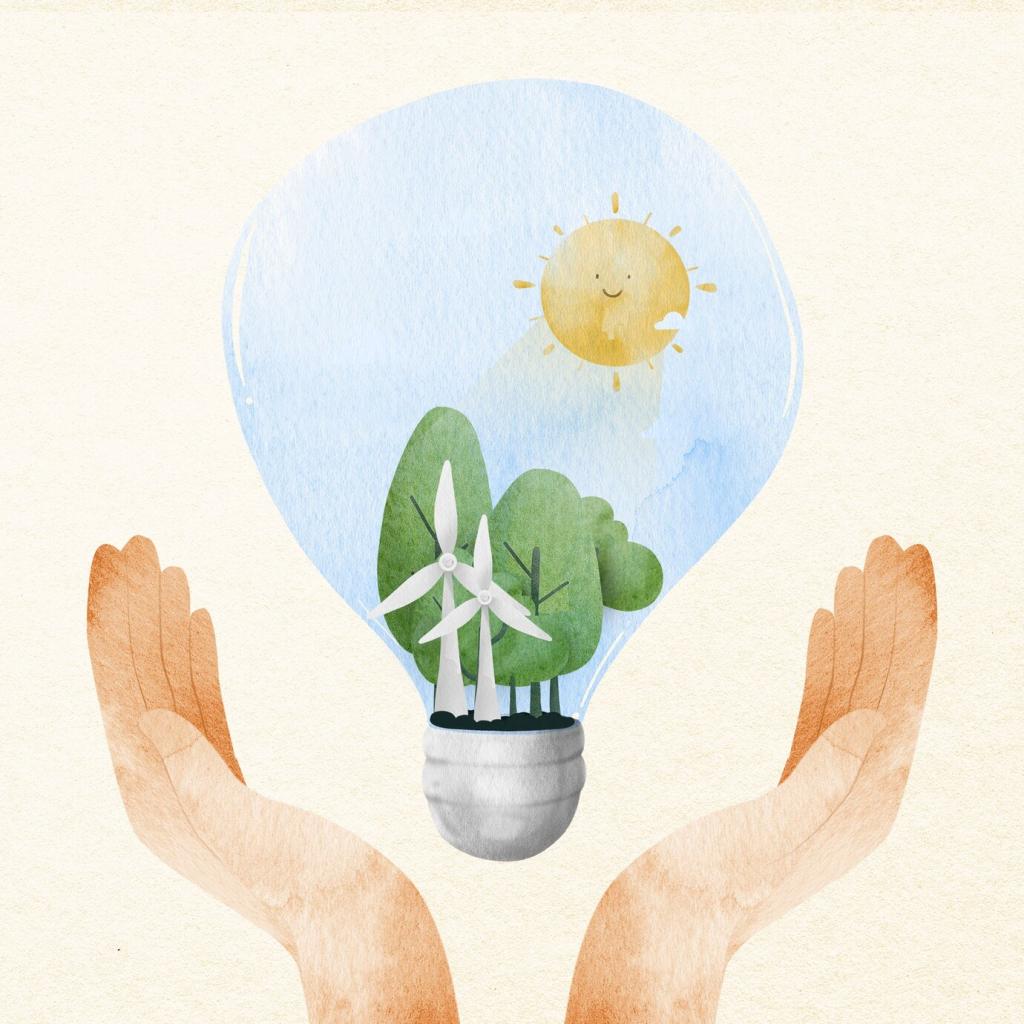
Green Technology in Urban Development
Green technology is revolutionizing the way cities are planned, constructed, and maintained, placing sustainability at the heart of urban development. With increasing populations and growing environmental concerns, urban areas face urgent challenges in managing resources, reducing pollution, and enhancing the quality of life for residents. By integrating green technologies into the urban fabric, cities can optimize energy use, manage waste more effectively, and create healthier environments that are resilient to climate change. This approach not only protects ecological systems but also fosters innovation and economic growth, shaping cities for a sustainable future.
Sustainable Urban Design Principles
Integrated Land Use Planning
Integrated land use planning is essential for optimizing city layouts to minimize environmental footprints while accommodating growth. This approach seeks to balance residential, commercial, and green spaces in a way that reduces transportation needs and preserves natural habitats. By clustering development and integrating public transportation, cities can cut down on emissions, lower energy demands, and make day-to-day life more convenient for inhabitants. Supportive zoning policies and innovative planning tools further ensure that sustainability remains a guiding consideration in all urban growth.
Resource-Efficient Building Design
Resource-efficient building design lies at the core of sustainable urban development, emphasizing the use of materials and systems that lower energy and water consumption. Techniques such as passive solar design, green roofing, and energy-efficient insulation help regulate building temperature, reducing dependence on artificial heating and cooling. Additionally, the use of renewable materials, water recycling systems, and native landscaping minimizes a building’s ecological impact. This focus on efficiency not only benefits the environment but also results in healthier, more comfortable living and working spaces.
Green Public Spaces and Connectivity
Incorporating green public spaces is a crucial element of sustainable urban design, improving air quality, offering recreational opportunities, and supporting mental well-being. Urban parks, green corridors, and rooftop gardens function as vital lungs for the city, absorbing pollutants and moderating city temperatures. Thoughtful connectivity between these spaces using pedestrian pathways and cycling infrastructure encourages low-carbon transportation, fosters active lifestyles, and helps build a sense of community. These green networks also provide essential habitats for urban biodiversity, making cities more resilient and adaptable.
Renewable Energy Implementation in Cities
Solar Power Integration
Cities are increasingly harnessing solar energy to power buildings, public spaces, and transportation networks. Rooftop solar panels and building-integrated photovoltaics provide clean, onsite power generation, cutting electricity costs and reducing strain on centralized grids. As technology advances and costs fall, solar energy becomes accessible to a wide range of urban dwellers, including homeowners, businesses, and municipal projects. Solar-powered street lighting and public transport further exemplify how cities can harness the sun’s energy for daily operations.
Wind and Geothermal Solutions
Urban environments can also benefit from wind and geothermal energy technologies, adapting them to unique spatial and climatic constraints. Small-scale wind turbines fit atop commercial and residential buildings, generating electricity in windy districts. Meanwhile, geothermal pumps provide highly efficient heating and cooling by tapping into earth’s stable subterranean temperatures. Although both require thoughtful site selection and upfront investment, these renewable solutions offer reliable, long-term energy with minimal environmental footprints, supporting the sustainability goals of modern cities.
Community Energy Initiatives
Community energy initiatives empower neighborhoods to generate, store, and share renewable energy, fostering local ownership and sustainability. Urban microgrids, solar cooperatives, and energy-sharing platforms enable residents and businesses to pool resources, reducing costs and promoting environmental stewardship. By decentralizing power production, cities can improve resilience against outages and encourage citizen engagement in the energy transition. These collaborative approaches help build more inclusive, adaptive cities prepared to face the energy challenges of the future.
Sensor networks and data platforms provide crucial, real-time insights into urban environmental conditions. Air and water quality sensors deployed across the city gather information that allows authorities to respond quickly to pollution spikes or infrastructure failures. This continual monitoring also supports long-term planning by identifying trends and vulnerabilities, enabling evidence-based policies for cleaner, healthier cities. Citizens benefit from greater transparency, increased awareness, and the ability to make more informed decisions about their environment.

